In order to honor his grandmother, the writer, art historian and literary critic Mary Ann Caws –Mother, by the way, of Matthew Caws, singer and guitarist of the group Nada Surf– she embarked on a journey in search of the epicenters of art.
"My grandmother, Margaret Waltour Lippitt, lived from 1904 to 1914 at Wordspede Artists' Colony, in northern Germany, where she met Rilke and Lou Andreas-Salomé. Together with Barbizon (France), Wordspede was the most effervescent creative place of the end of the 19th century”, says Ann Caws.
what she discovered tracing the colonies, residences, cafes and communities of the avant-garde –Your research on her focuses on communities whose splendor coincided with the end of the 19th century and the beginning and middle of the 20th, such as the Julian Academy either st ives She – she crystallized in an exciting travel book peppered with personal anecdotes, recently published in Spain under the title creative encounters. Meeting places in modernity (Chair).
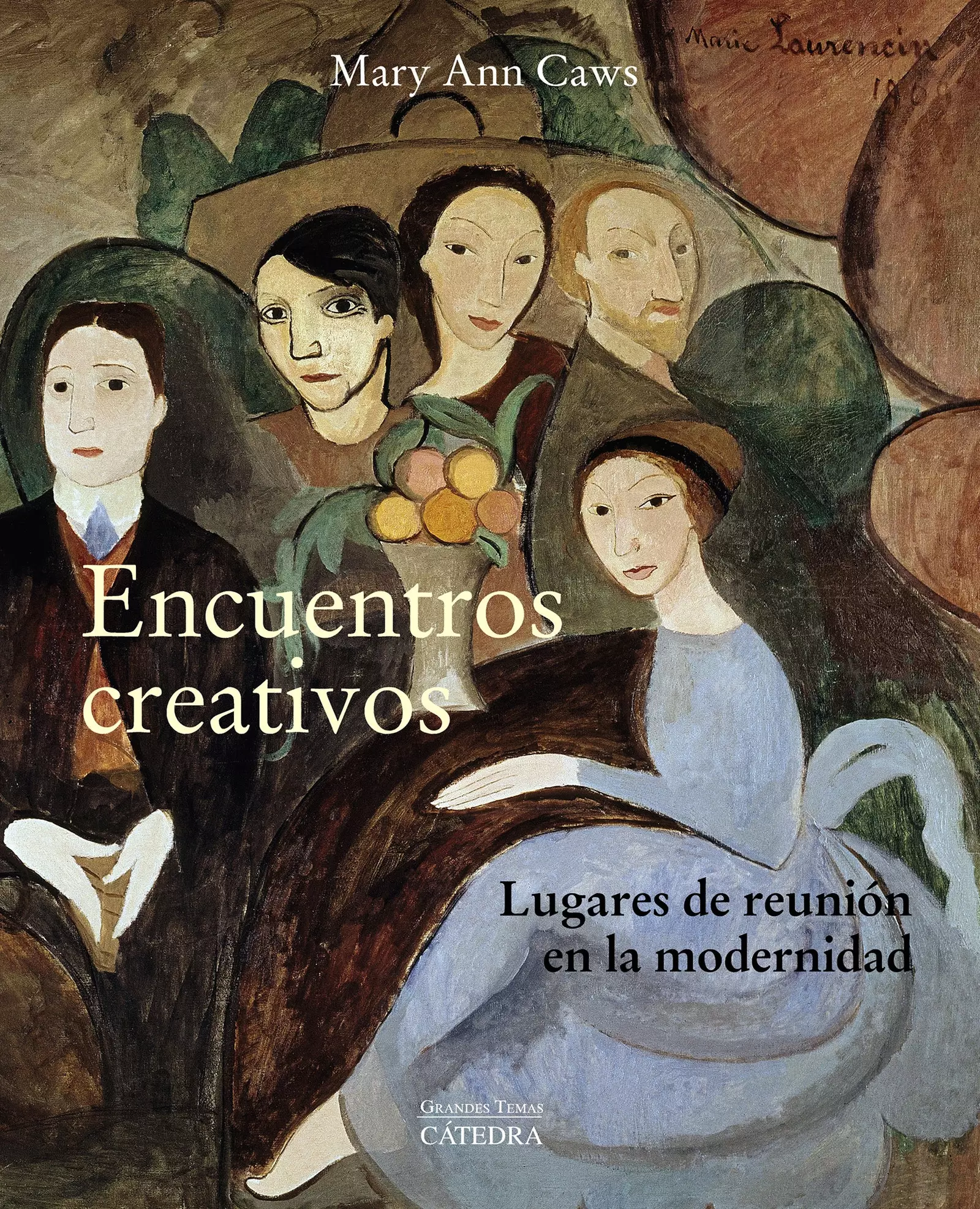
Cover of 'Creative Encounters: Meeting places of modernity' (Chair).
After chatting with her through Zoom before she took a flight to Spain, her questions arose: What characterizes contemporary centers of creation? Where are they? So we we go outside the confines of the book to search for the current colonies.
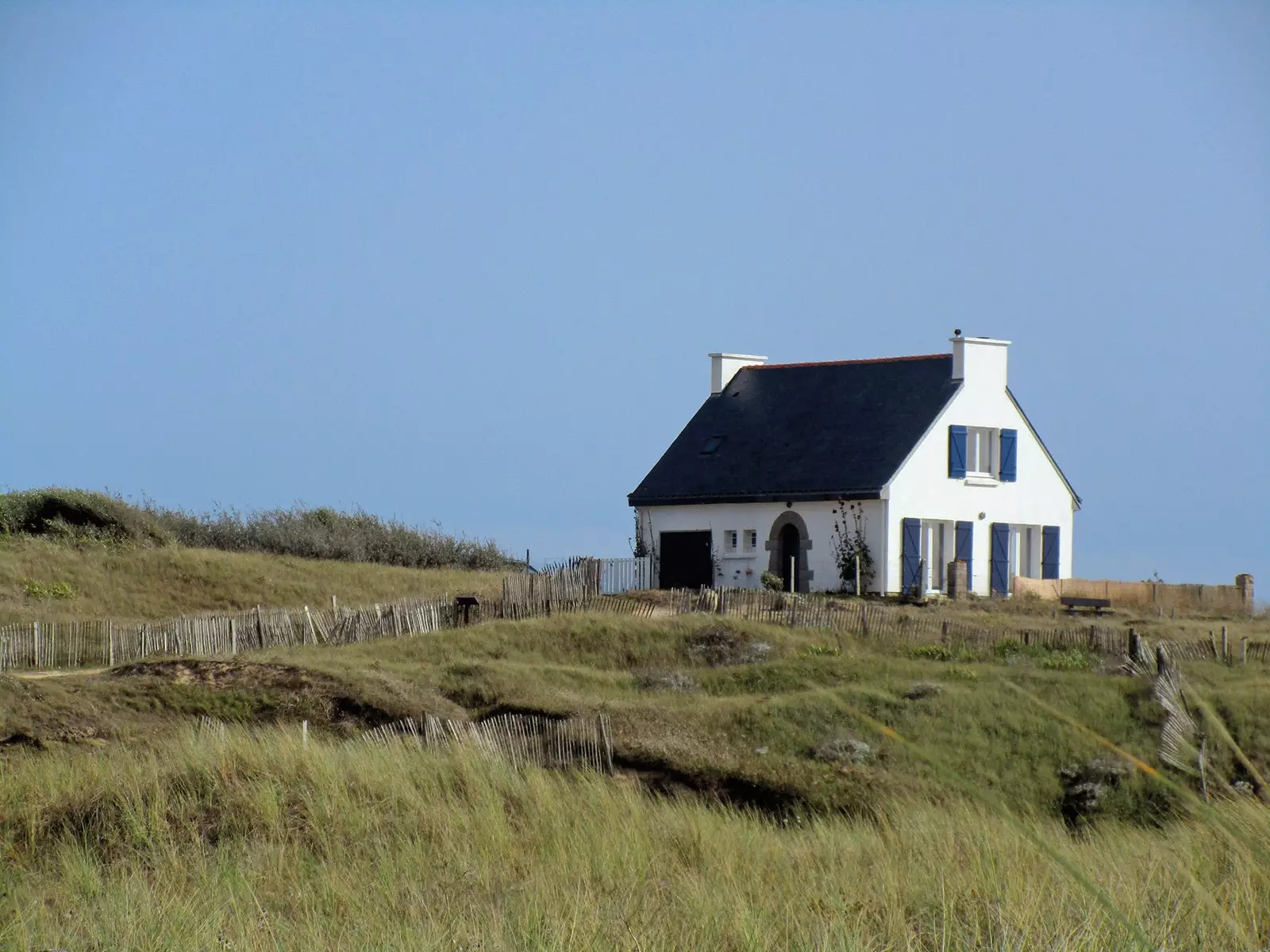
Typical Breton house on a hill in Le Poldou, above the rocky beach, where artists such as Gauguin settled.
Horizontal, self-managed, collective, demanding, precarious, fragile and passionate. This is how most of the artists' associations with whom we have spoken are. “They agree on the desire to create initiatives outside the institutional sphere, in the commitment to transfer resources to the margins and in weaving links with the community. Among these forms of resistance, rural projects abound (the costs are lower) and their economic models vary, there are completely self-managed ones and those that receive some contribution or have an institutional agreement, as well as those based on a quota system. ”, summarizes Lucía Romaní, artist, teacher and co-author of creative impulses (Axouxere Publisher), An essay on 14 artistic places in the Galician-Portuguese Atlantic axis.
Projects in which coexistence and equality prevail, capable of stirring consciences. “It is important to dignify the work of the creative, recognize its social value. The interesting thing happens in the margins, in the gutter, why should the institutional take all the resources? Life is not inside museums, but outside. You have to put your heart into it, motivate and actively involve the public”, claims Romaní.
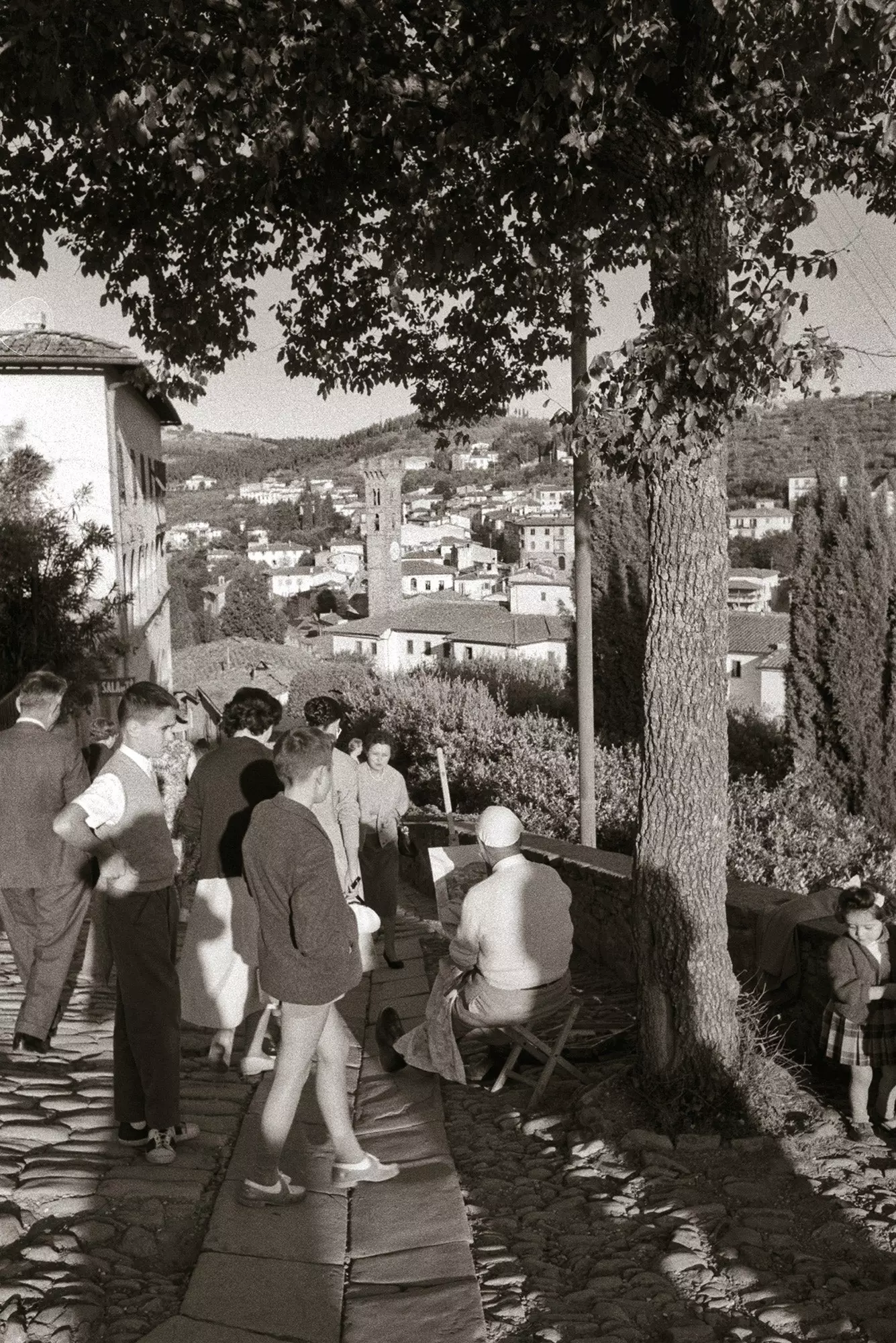
Filesole in the 1950s.
A spirit that connects with past experiments such as Black Mountain College, in North Carolina. “Perhaps the most influential in the world”, adds Ann Caws, who defends that “everything is possible around a table with a bottle of wine: art is thought to be created in solitude, but it is the conversations that energize it.”
THE SOUND OF THE VALLEYS: MURCIA AND THE CZECH REPUBLIC
Initiatives such as AADK, in the Murcian municipality of Blanca, motivate them ethics with the environment and cultural relocation. This project, in which some 20 artists coexist and where nearly 500 have passed, was inaugurated in 2012 in Centro Negra, a building made with local materials and embedded in the mountain.
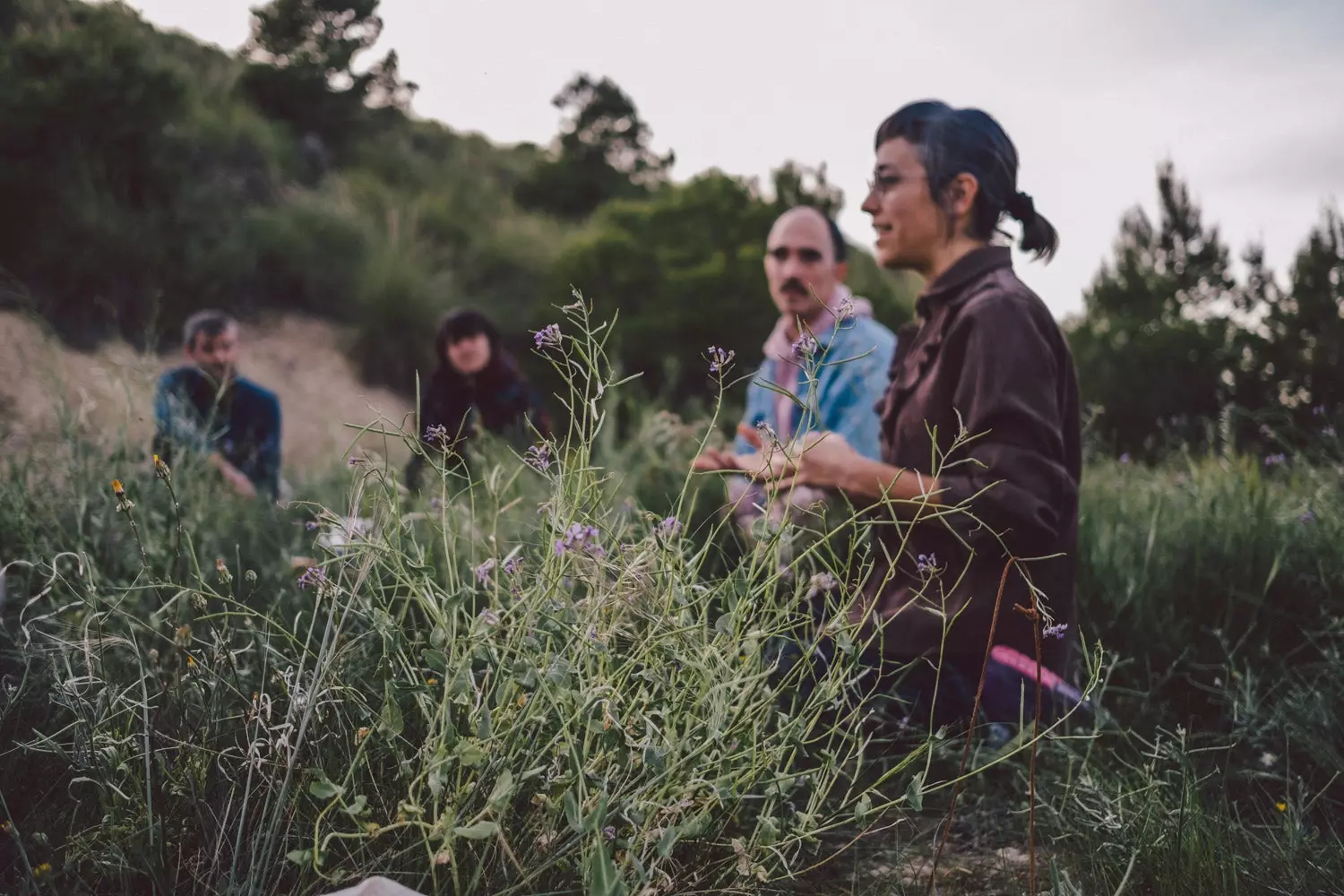
AADK.
"Space, raised with European funds for the reconversion of rural environments through culture, it stood empty for two years due to lack of funds. The municipal administration gives it to us, so the infrastructural costs are low," he says. Elena Azzedin, director of the residency program at AADK Spain.
It's not just that it has become a pioneering center for the creation of experimental music in Europe –they won the prestigious grant from the Daniel and Nina Carasso Foundation–, nor that they have created their own label (Ediciones Aldarrax). Nor that they celebrate an annual festival, that they are about to release a documentary (The sound of a valley) or that they have a system of residences.
It is their desire to dilute the distances between the inhabitants of the area and the artists and to show the ins and outs of the creative process that makes them a reference: “Offering a space for thought, questioning and experimentation is vital, as it helps to collectively decipher artistic language”, explains Azzedin, which is why They open the studios to the people once a month.
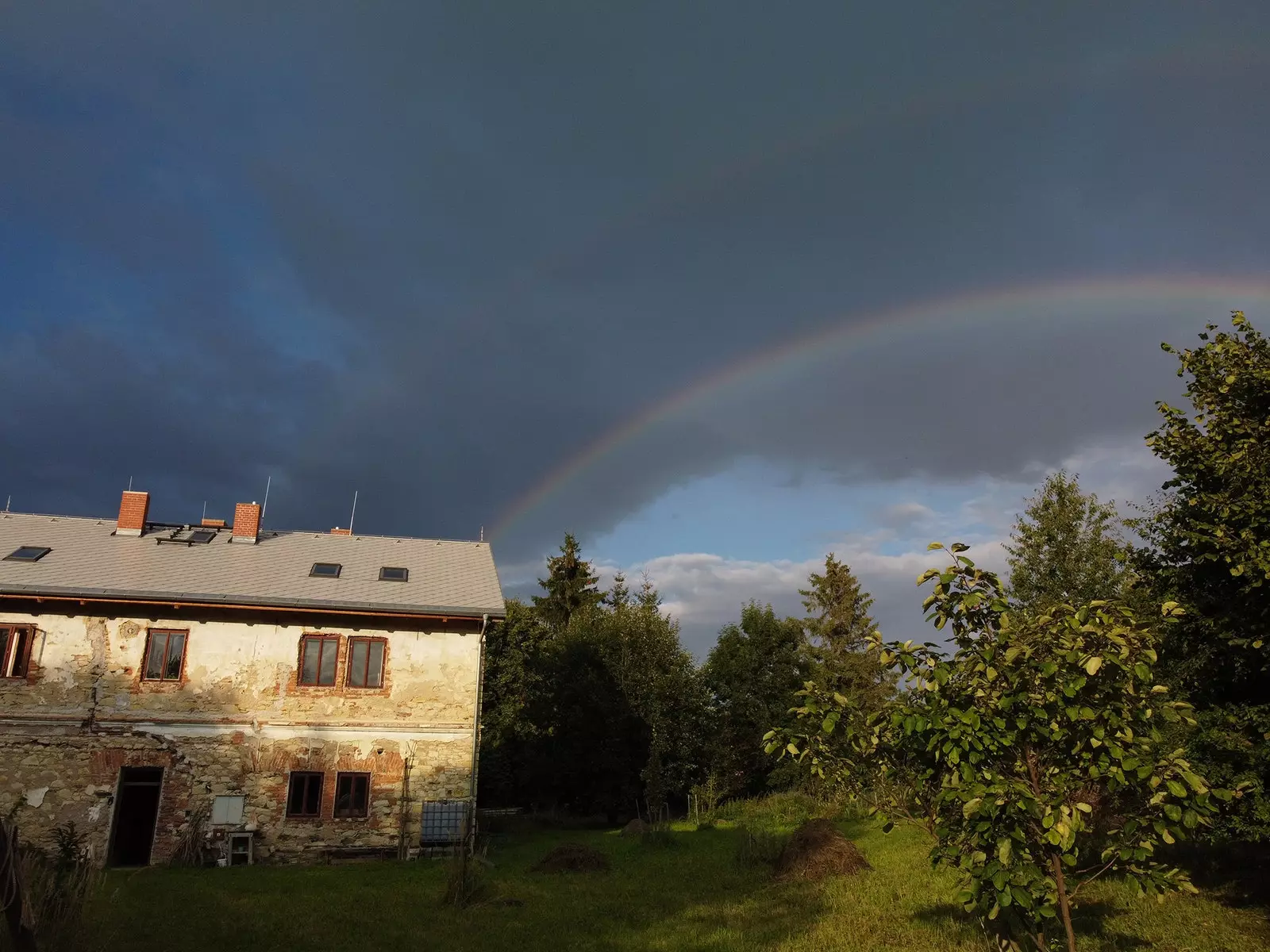
Kra House.
Works in the same line KRA, in the village Hranice u Malče, in Železne hory, the steel mountains of the Czech Republic. The accumulation of initiatives that combine art, environment and technology in which Givan Bela, its founder, is involved is surprising: “Apart from field recordings –we play to the rhythm of the trill of the birds–, we have implemented a system to synchronize musicians when they play through digital platforms from different parts of the globe and thus reduce the delay; We also teach children how to build instruments with sensors and we have biofarm projects to monitor crops and irrigation with drones and sensors,” details Bela, who denounces rural depopulation, the abandonment of agriculture and the artificial difference between the countryside and the city.
“The city is not only consumption, nor the countryside, production. This opposition is a fallacy invented so that quality exchanges do not take place”.
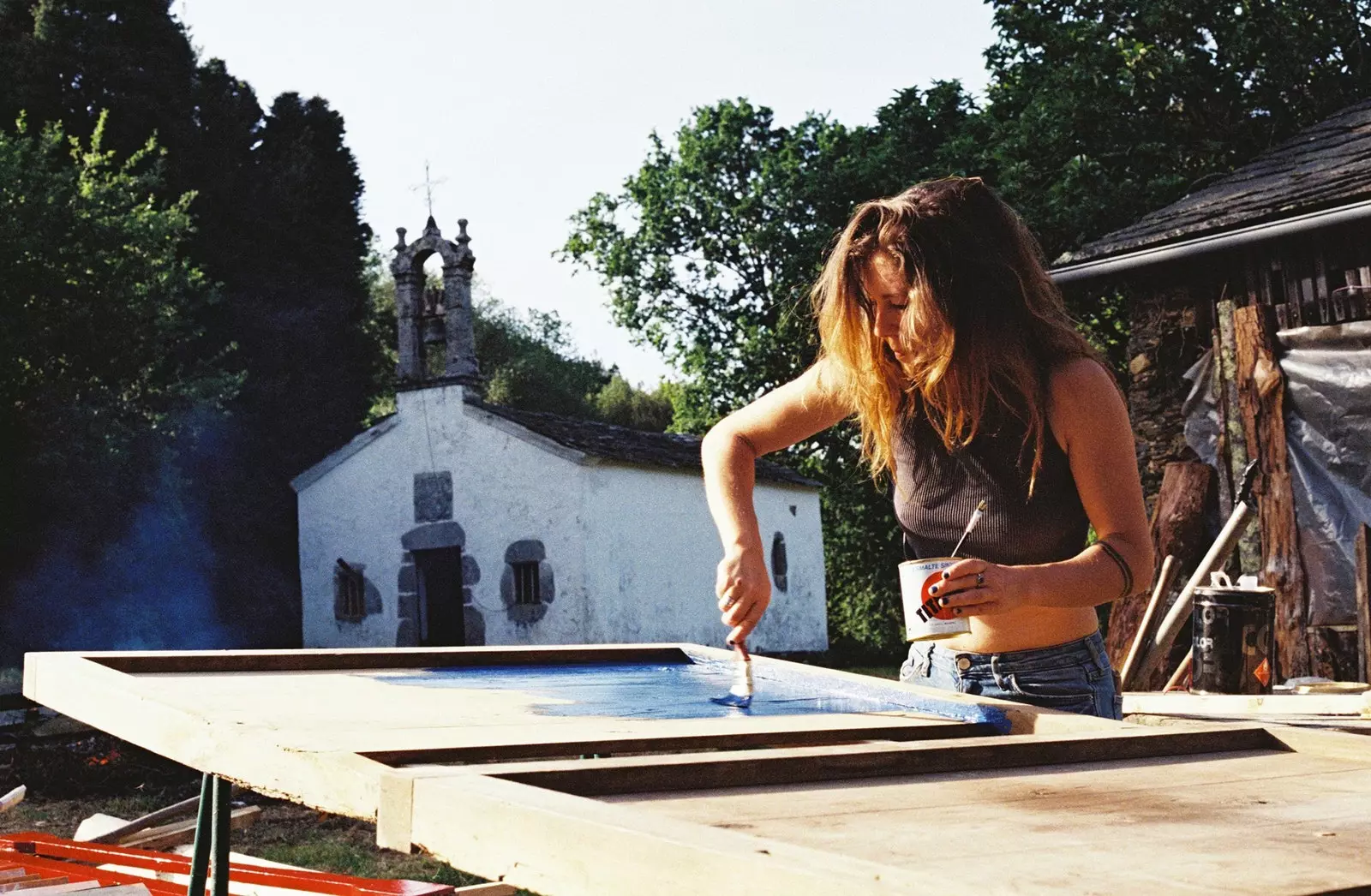
The Foundry.
AN ARTISTIC HETEROTOPY IN GALICIA
“If we artists stopped asking for grants to develop projects in contemporary art centers and we joined together to create new universes where ecological sustainability and cultural sensitivity were key, we would live in a freer world”, states one of the collaborators of The Foundry, a community through which they have passed artists, artisans and academics since its birth in 2018.
A heterotopia created thanks to a fracture in the system: its founder's investment in bitcoins ten years ago allowed him to buy several houses in Bravos (Galicia). “The proximity to the countryside and nature – we have lived in an abandoned town since the 70s – changed our purpose, which was quite academic. We have been restoring buildings, becoming more self-sufficient and replacing invasive species such as eucalyptus with native trees. Planting vegetables is as political an act as writing a text”, states the collaborator, who prefers not to divulge his name for the sake of the horizontality of the project.
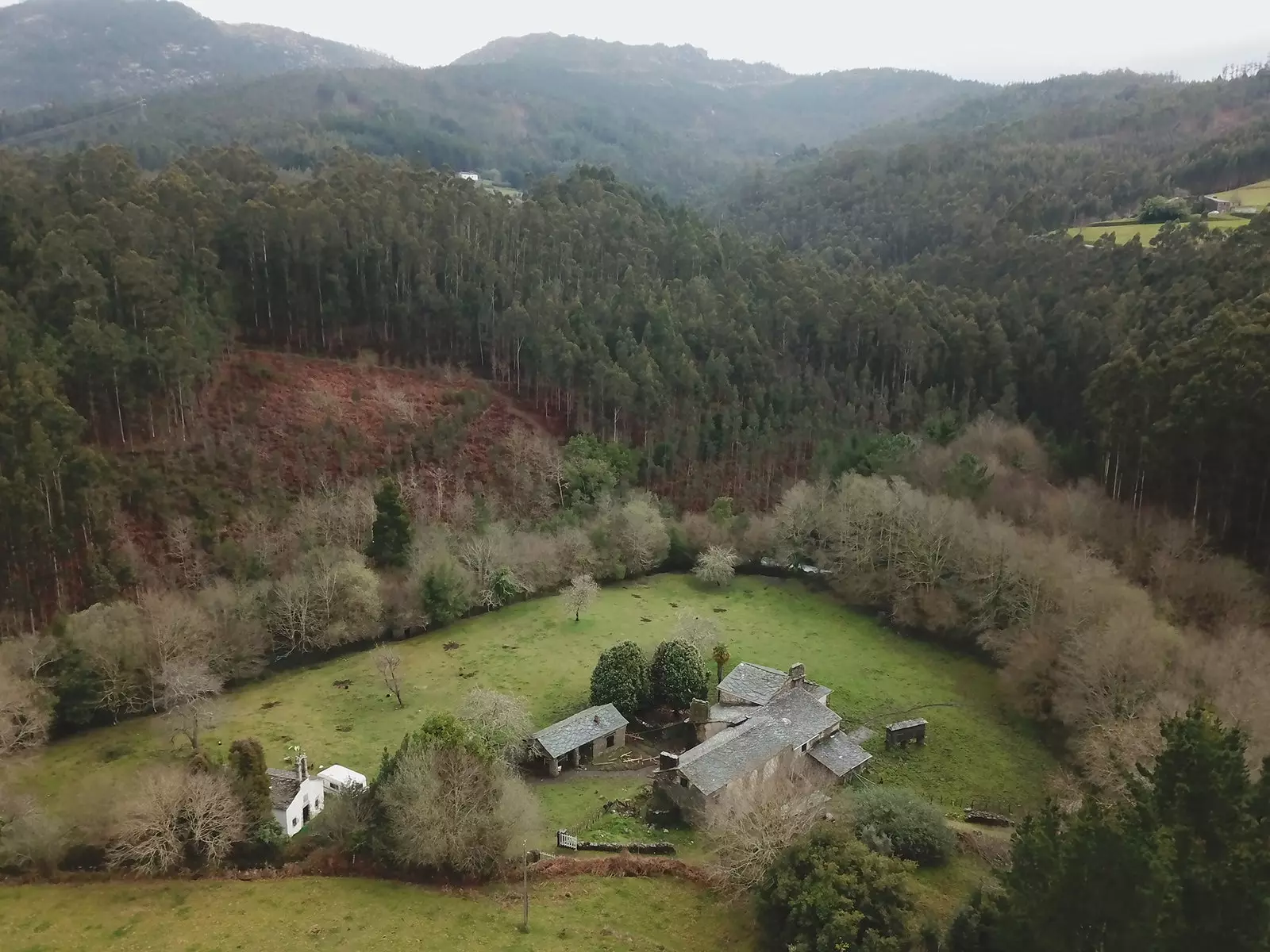
Panoramic view of The Foundry.
“In places like The Foundry, up to 20 people can live together. We are not going to change the world, but mentalities are," he says. and, inspired by the German rent union, he proposes the creation of a land union that allows heterotopias to be created in rural areas.
"For the price of a flat in Berlin, you can buy two towns in Spain." Les Semelles, a community of puppeteers based in Charleville-Mézières – between Paris (233 km) and Brussels (190 km) – share the same spirit. “It works by word of mouth and has something underground about it,” says Laurent Prost-Deschryver.
Inspired by the avant-garde artist colonies of the last century and the spirit of Black Mountain College, this artistic director of the Attanour company bought a property to get it out of the clutches of speculation in 2019 and create a research space where art and life mix.
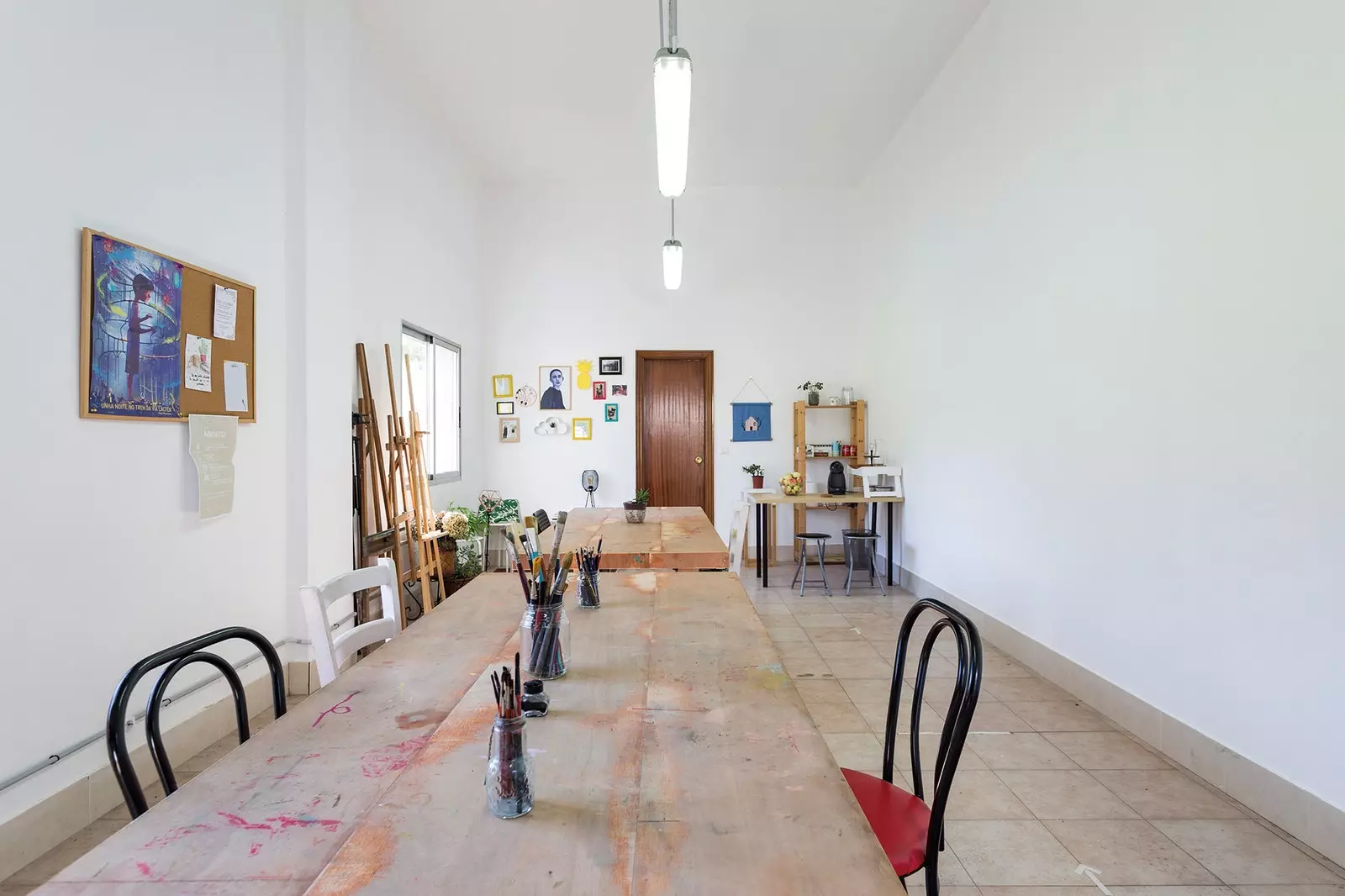
Or Warehouse, in Pontevedra.
EXPERIMENTATION IN A CONVENT IN BARCELONA
Konvent was born more than 15 years ago in the convent of Cal Rosal, which served as accommodation for women workers in a textile factory. “With the closure of this in 1994, the decay of the buildings began. A music group began to rehearse in the abandoned convent and the rooms gradually filled up”, reveals Rosa Cerarols, from this group that today it functions as a self-managed center for research, creation and international exhibition (open to the public every weekend from April to November), which has a scholarship program.
“Our essence is freedom, which means giving up many of the requirements of most official bodies. Konvent manages itself through volunteer work. We like projects that interact with ethnographic and ecological realities of the rural and post-industrial environment, such as The price of the fruit by Berni Puig, which reflects on the problem of seasonal workers in Lleida or Pedra i plàstic, by Roc Domingo and Marta Rosell, on the deployment of high-speed internet over the Catalan Pyrenees”.
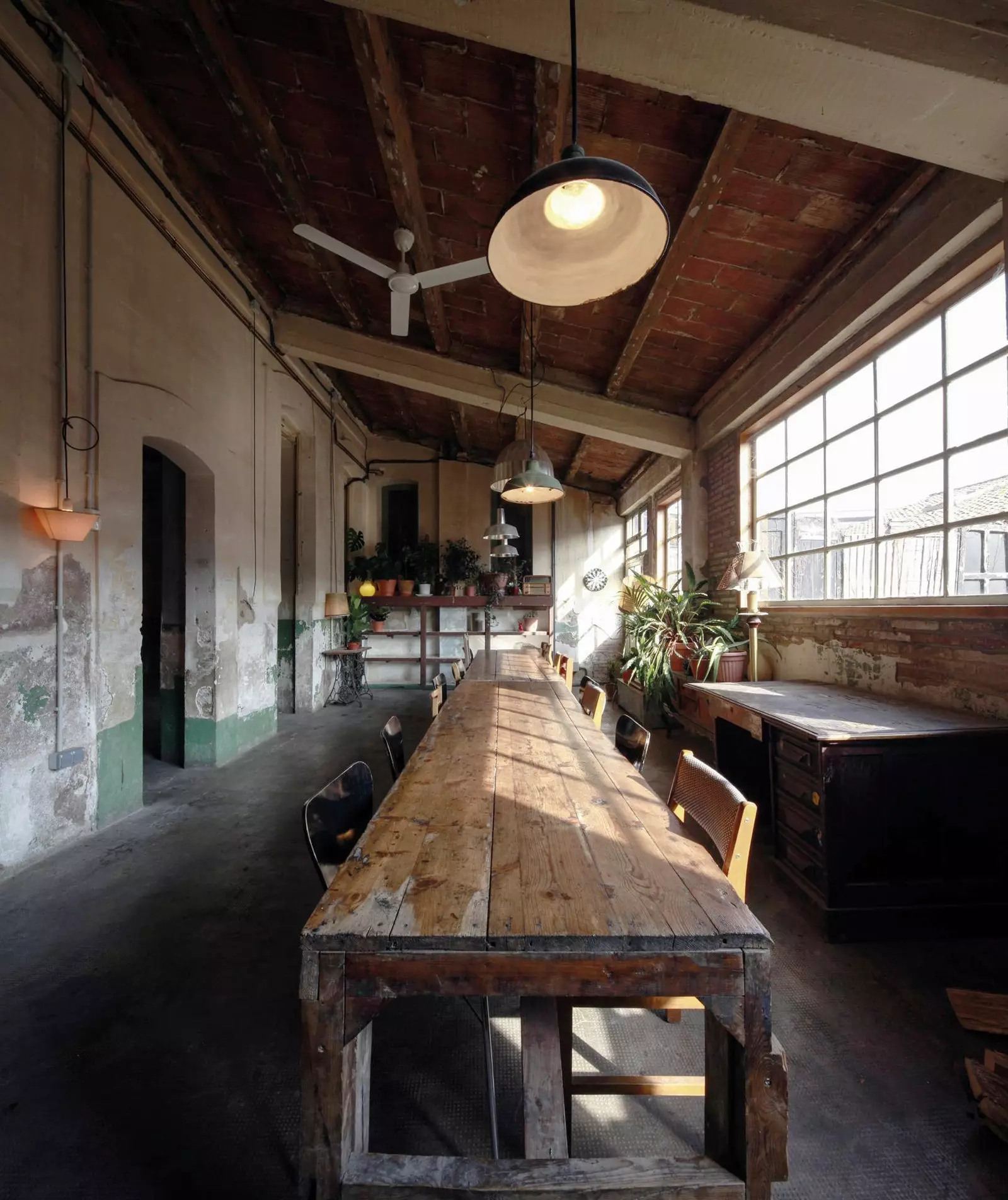
The Konvent, in the Cal Rosal convent in Barcelona.
URBAN RESISTANCE: MADRID, A CORUÑA, PONTEVEDRA
Yes ok higher rents make this type of proposal difficult in cities, multidisciplinary and demanding projects such as The Marimala (Mesón de Paredes, 76) and self-managed as this is a square (Doctor Fouquet, 27, Madrid) or social habitat (Praza de Azcárraga, 6 baixo, A Coruña) prove that another reality is possible.
After or shed, a center in Pontevedra that combines drawing and painting workshops, scrapbook, pattern making, sewing and ceramics, in which mostly women gather, are Eva Fandiño and Iria Rodríguez. “We like to think that we contribute to creating a neighborhood (Loureiro Crespo), integrating and invigorating through this citizen laboratory”.
